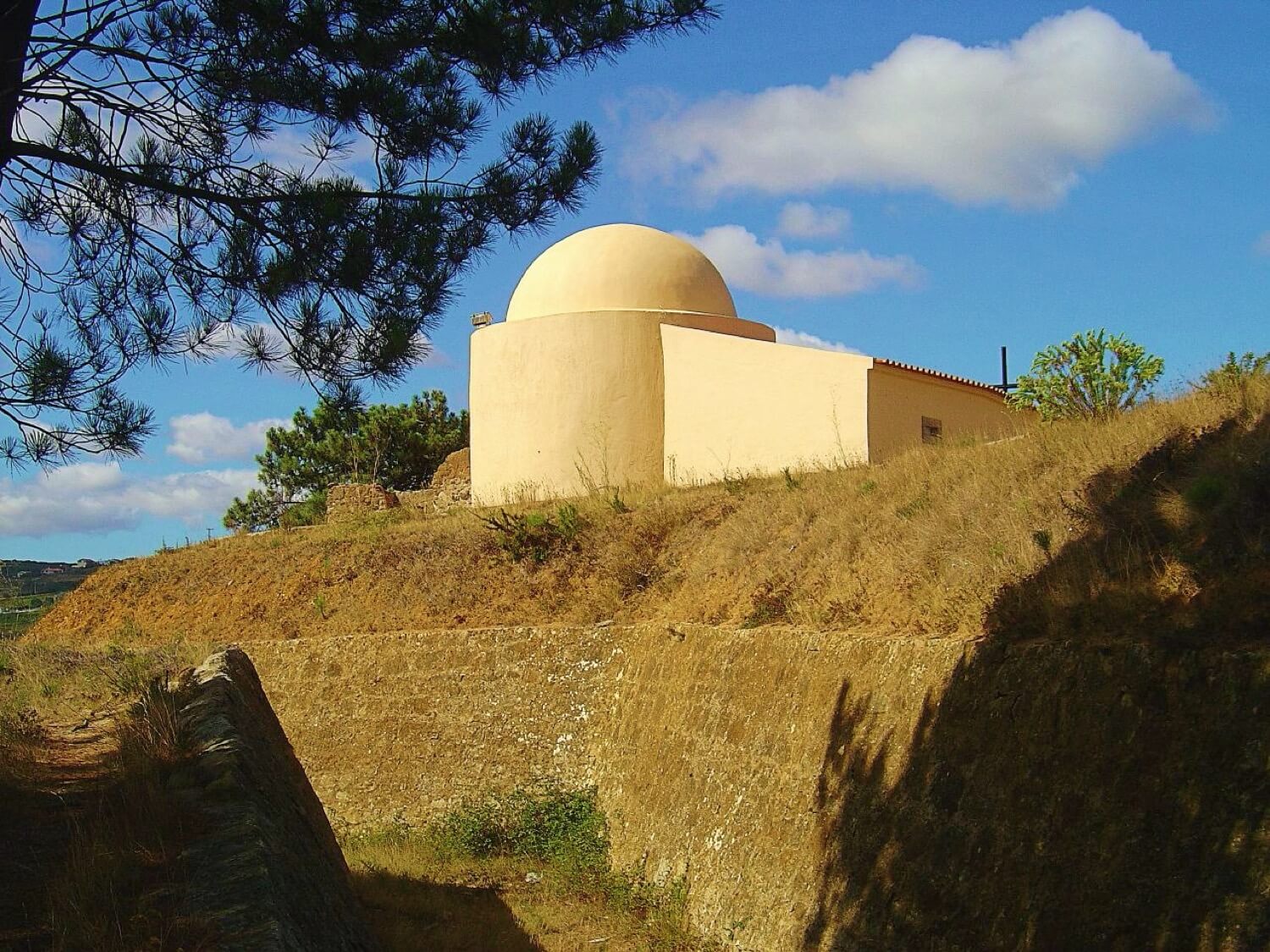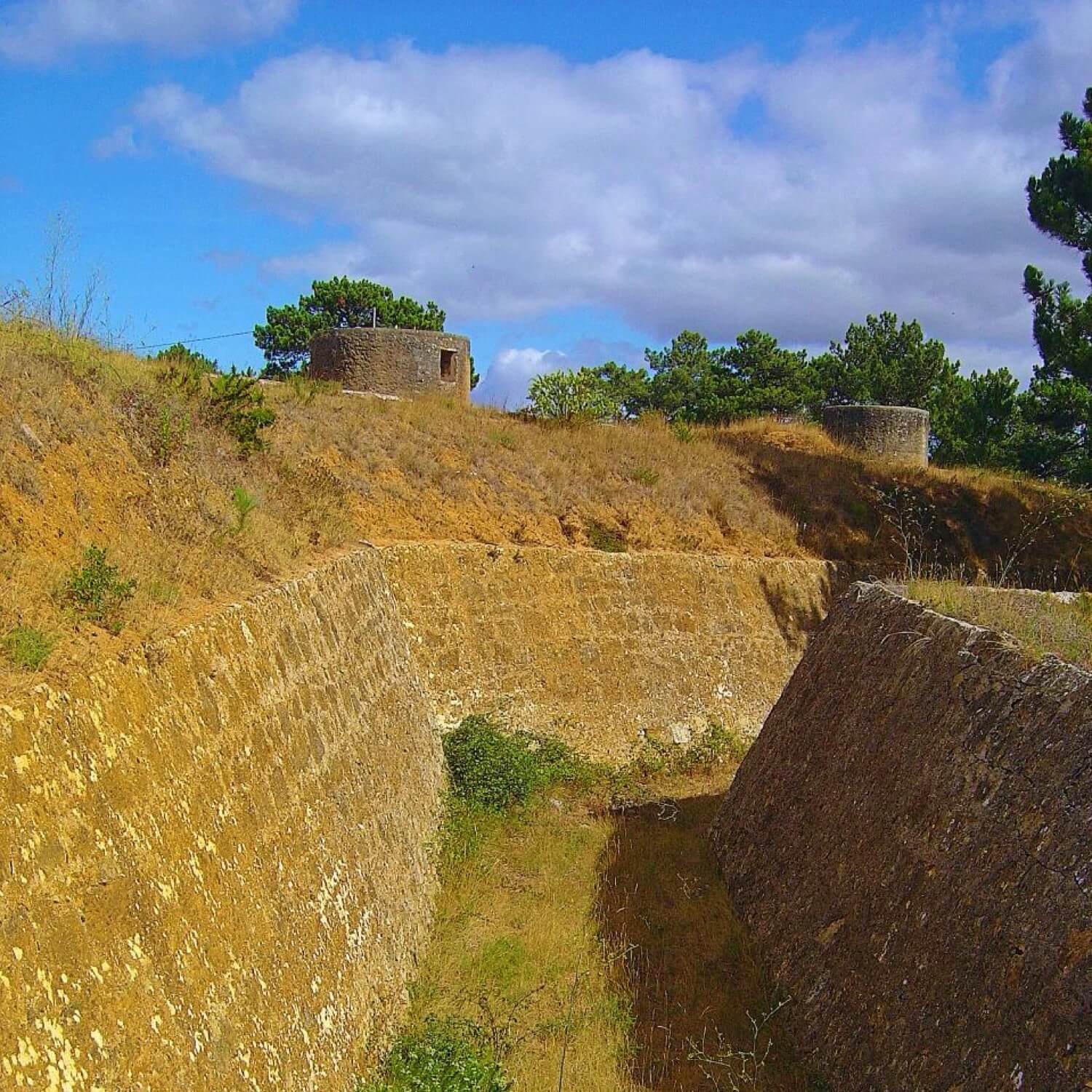Fort of São Vicente
Torres Vedras Lisboa Portugal
fortress
Forte de São Vicente de Torres Vedras
Torres Vedras Lisboa Portugal
fortress
The Fort of São Vicente (St
O Forte de São Vicente de Torres Vedras localiza-se na cidade e Concelho de Torres Vedras, Distrito de Lisboa, em Portugal
Previous names
Fort of São Vicente, Forte de São Vicente de Torres Vedras
Description
The Fort of São Vicente (St. Vincent) is located in the town and municipality of Torres Vedras, in the Lisbon District of Portugal. In 1809 it was the first of 152 forts, redoubts and other defences to be developed as part of three defensive lines between the Atlantic Ocean and the River Tagus that were designed by the Duke of Wellington to protect the Portuguese capital, Lisbon, from possible invasion by French troops during the Peninsular War. These came to be known as the Lines of Torres Vedras. Together with the Fort of Alqueidão, it is considered the most important fortress of those constructed for the Lines.
History
Following the Treaty of Fontainebleau signed between France and Spain in October 1807, which provided for the invasion and subsequent division of Portuguese territory into three kingdoms, French troops under the command of General Junot entered Portugal, which requested support from the British. Thus, in July 1808 troops commanded by the Duke of Wellington, at the time known as Arthur Wellesley, landed in Portugal and defeated French troops at the Battles of Roliça and Vimeiro. This forced Junot to negotiate the Convention of Cintra, which led to the evacuation of the French army from Portugal. In March 1809, Marshal Soult led a new French expedition that advanced south to the city of Porto before being repulsed by Portuguese-British troops and forced to withdraw.
However, the threat of further invasions by the French led Wellington, on October 20, 1809, to order the construction of defensive lines in order to protect Lisbon from Napoléon Bonaparte's troops. Work on the Fort of São Vicente as part of the first line of defence began on November 8, 1809, at more or less the same time as improvements to the Fort of São Julião da Barra, close to Lisbon, and construction of the new Fort of Alqueidão to the southeast of Torres Vedras near Sobral de Monte Agraço, under the overall supervision of Colonel Richard Fletcher who was commander of the Royal Engineers. A total of 152 forts, redoubts and other defences forming three lines of defence were eventually constructed over 80 kilometres, reinforcing the natural obstacles that the land offered and making maximum use of the existing topography. In addition to protecting Lisbon, the defensive lines were also designed to cover Wellington’s own retreat and possible evacuation from a beach close to the Fort of São Julião da Barra, if his troops were overwhelmed by French forces.
The third French invasion was headed by Marechal Masséna. He was defeated in September 1810 by the Anglo-Portuguese army commanded by Wellington at the Battle of Buçaco. Despite this he forced the allies to retreat to the Lines of Torres Vedras, where a stalemate ensued for several months. He eventually had to retreat due to lack of food and supplies, withdrawing to the Spanish border. Thus the Fort of São Vicente did not see action during the Peninsular War. It finally saw action in 1846 when, during the so-called Little Civil War, it was the scene of a battle between the attacking troops of the Duke of Saldanha and the besieged forces of the Count of Bonfim. This was the only time a force has directly attacked one of the fortifications of the Lines. After the Convention of Gramido in 1847 brought peace to Portugal, most of the forts ceased to have any military function and were allowed to gradually fall into ruin.
Tourism
The Fort of São Vicente has not undergone major alterations since construction, and restoration work has been faithful to the original design. A Lines of Torres Vedras Interpretation Centre, which is sited in the chapel at the fort, was opened in July 2017. It includes a model of the means by which signals were exchanged between the forts of the lines and also presents a short video describing the history of the Lines.
O Forte de São Vicente de Torres Vedras localiza-se na cidade e Concelho de Torres Vedras, Distrito de Lisboa, em Portugal.
Erguido no cimo de um dos mais altos montes que cercam o vale onde se implanta a cidade, integrava as chamadas Linhas de Torres, um conjunto de fossos, trincheiras, traveses e posições de fogo, que remonta à época da Guerra Peninsular.
História
Iniciado em 1809, este forte constituía-se em um dos principais pontos defensivos das Linhas de Torres, com a função de defesa da estrada que unia Coimbra a Lisboa.
Encontra-se classificado como Imóvel de Interesse Público.
Características
O forte compreende um conjunto de três redutos, envolvidos por um muro perimetral com cerca de 1.500 metros de extensão. Encontrava-se artilhado com trinta e nove peças e guarnecido por 2.200 homens, podendo comportar até 4.000 homens, em caso de necessidade. Contava ainda com um posto telegráfico. Juntamente com o Castelo de Torres Vedras, então artilhado com onze peças, constituíam os dois redutos da vila, defesa complementada por uma bateria fechada, próxima do Varatojo.
Useful information
Free
Free
Information tables
Ruins of the fort
-
Nearby castles
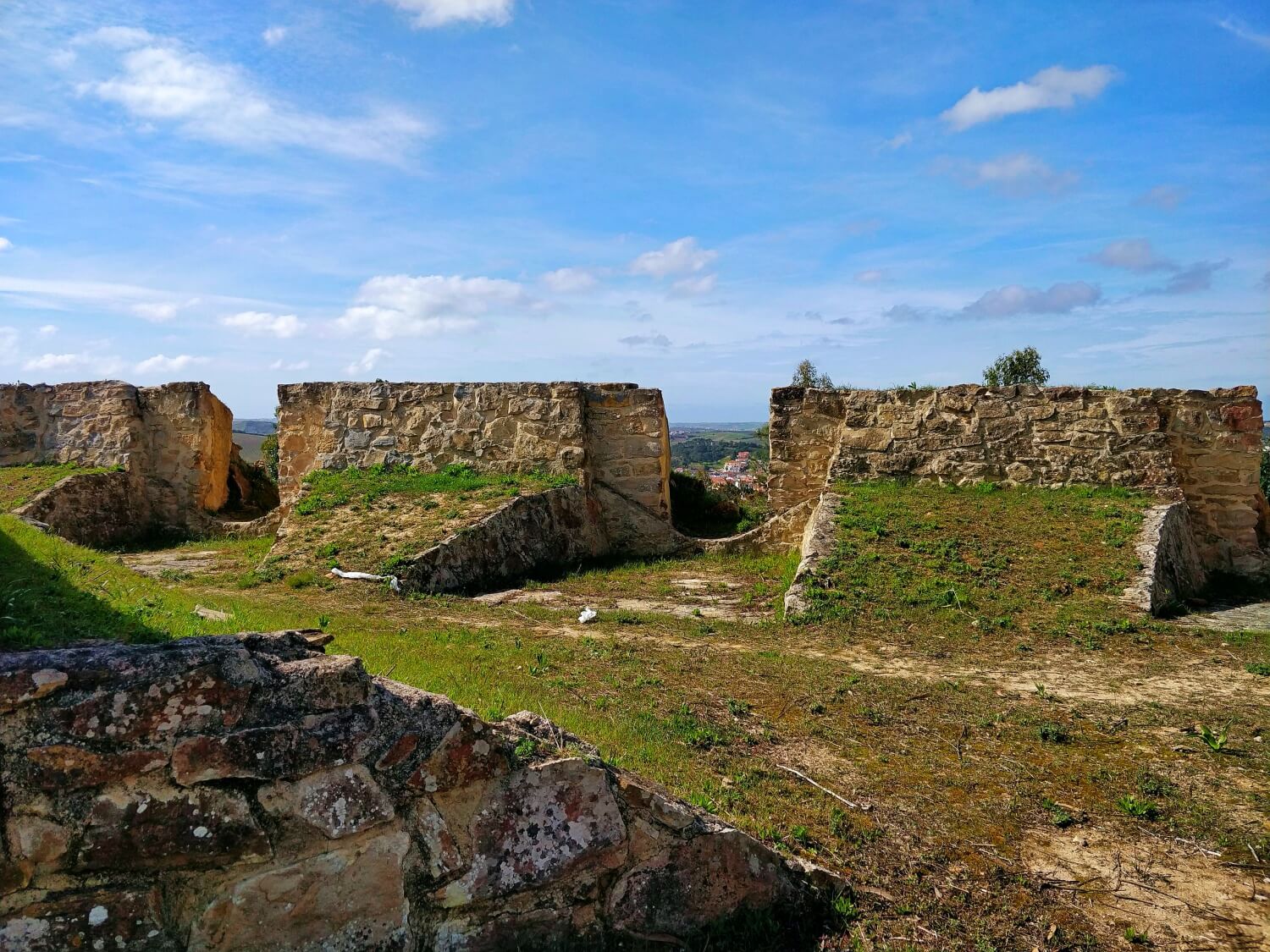
Forte de Olheiros
Torres Vedras
0.6km
fortress
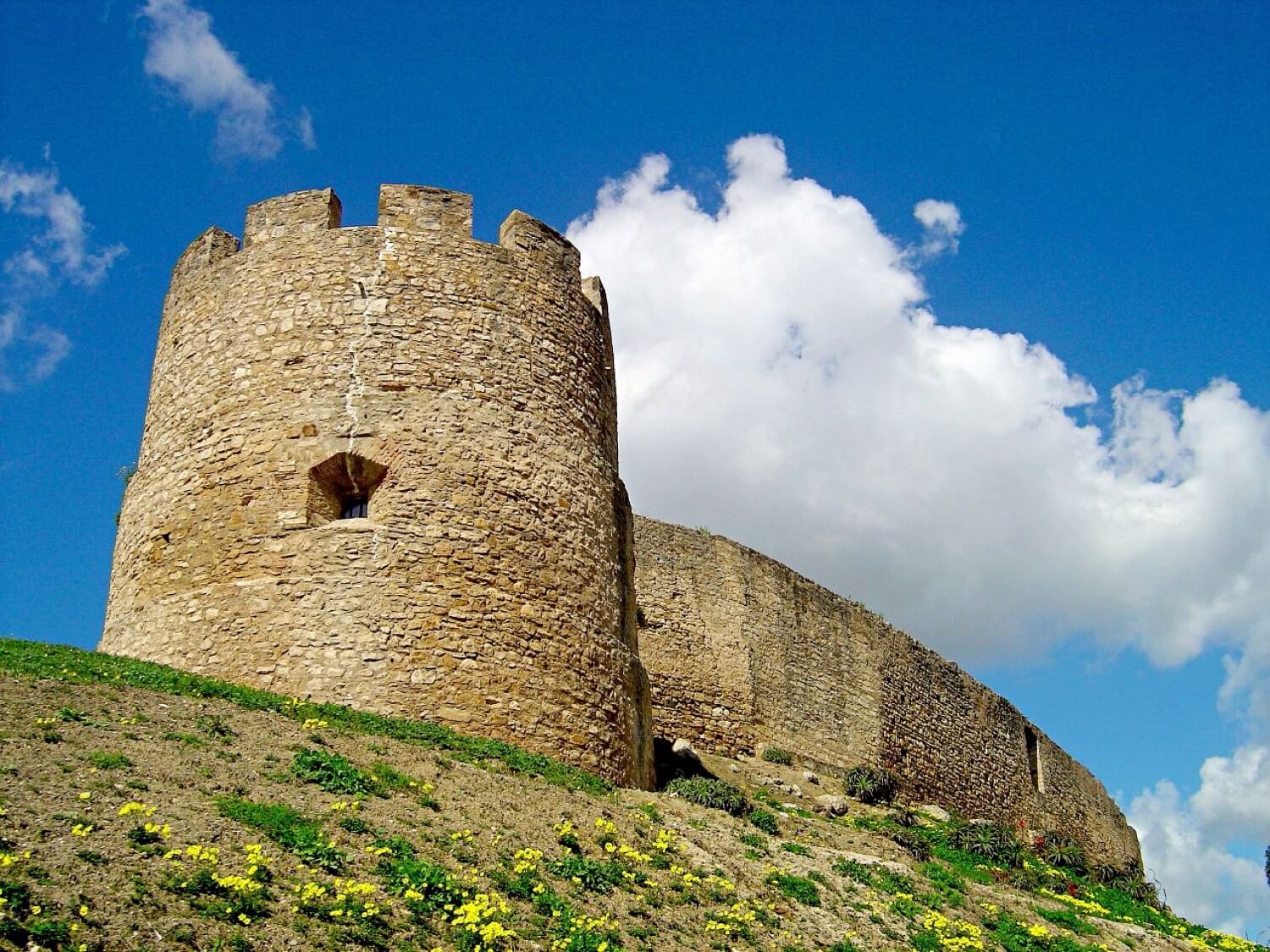
Castelo de Torres Vedras
Torres Vedras
0.7km
castle, chateau
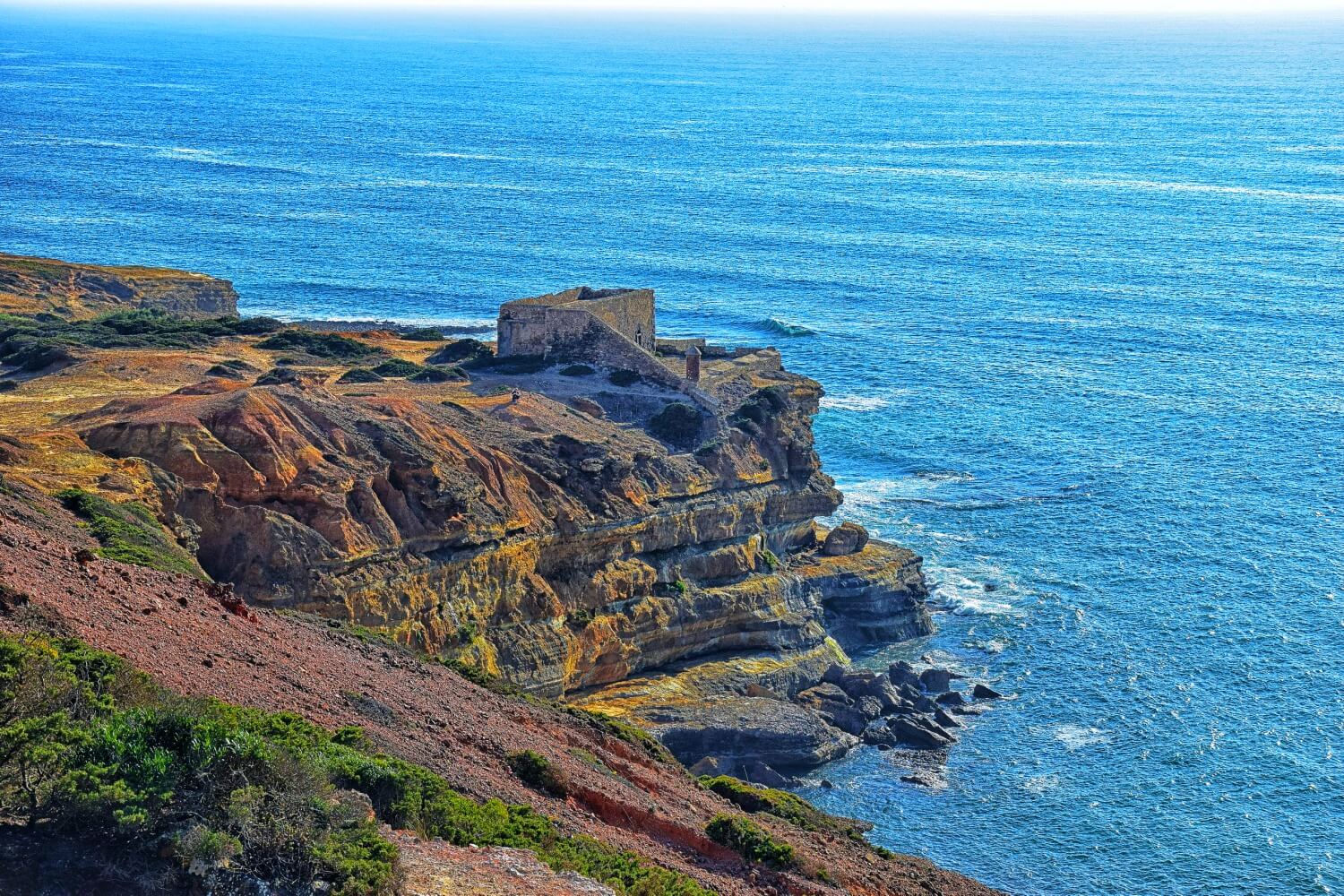
Fort of Milreu
Ericeira
18.6km
fortress
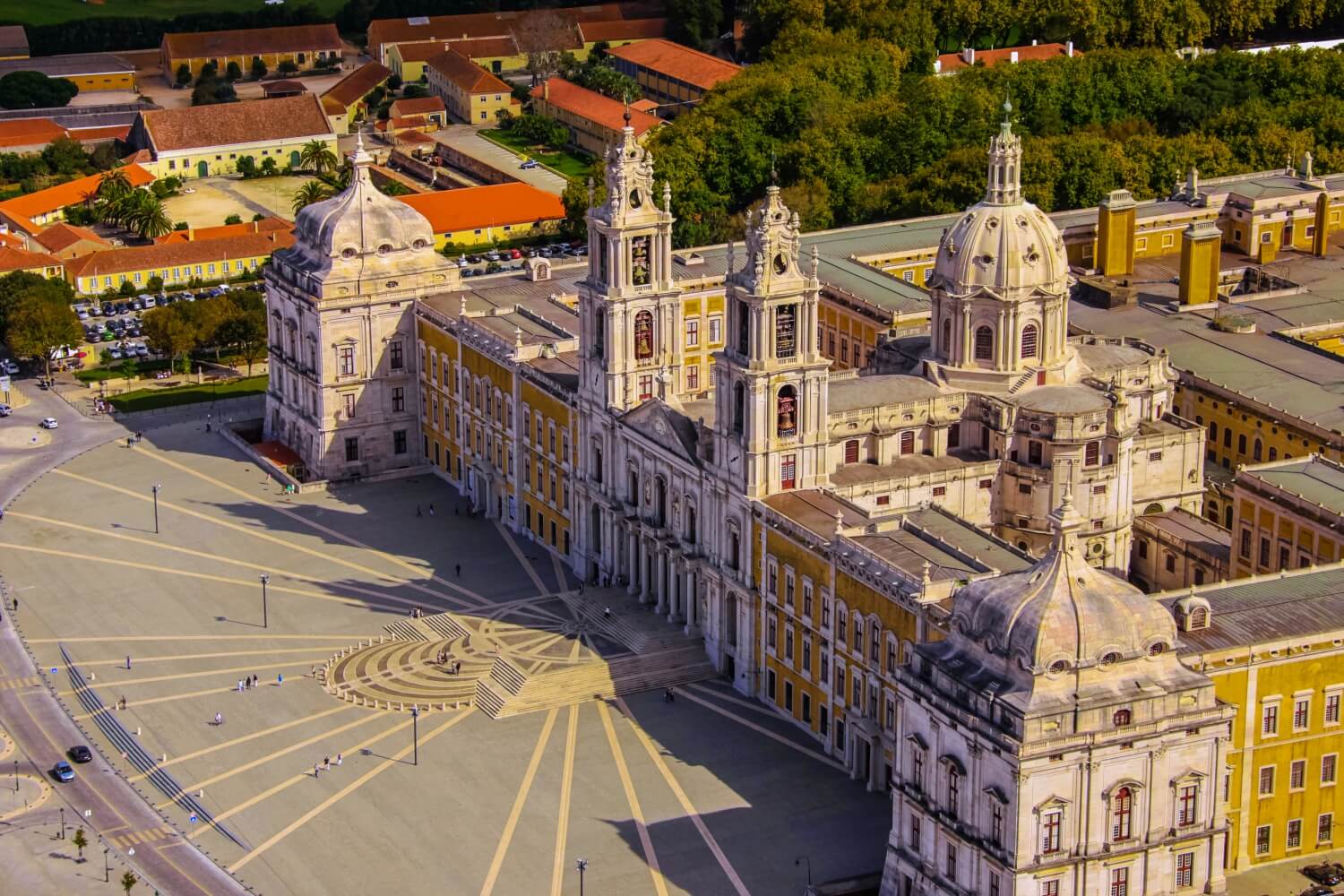
Palace of Mafra
Mafra
18.9km
manor, mansion
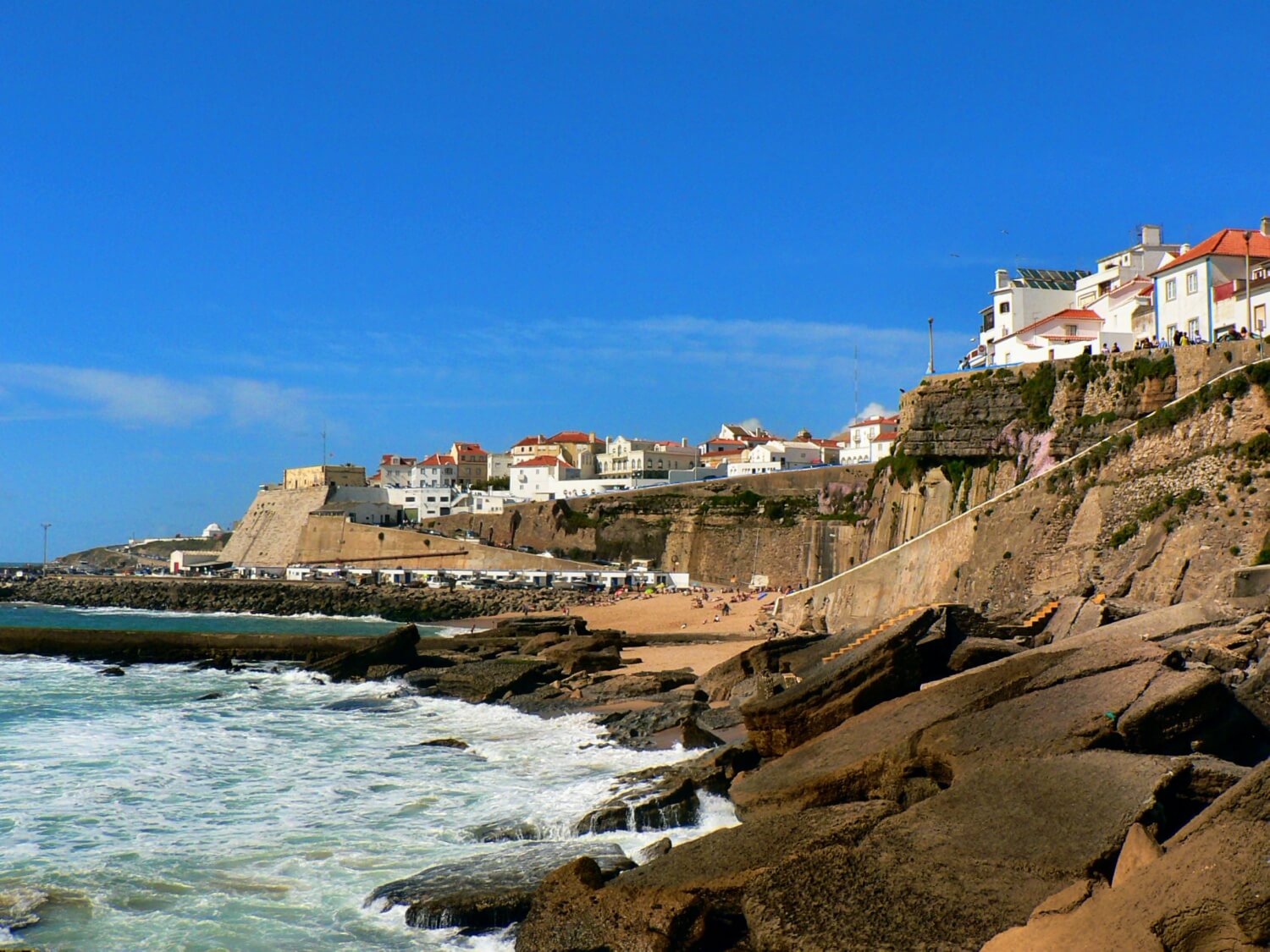
Forte de Nossa Senhora da Natividade
Ericeira
20.0km
fortress
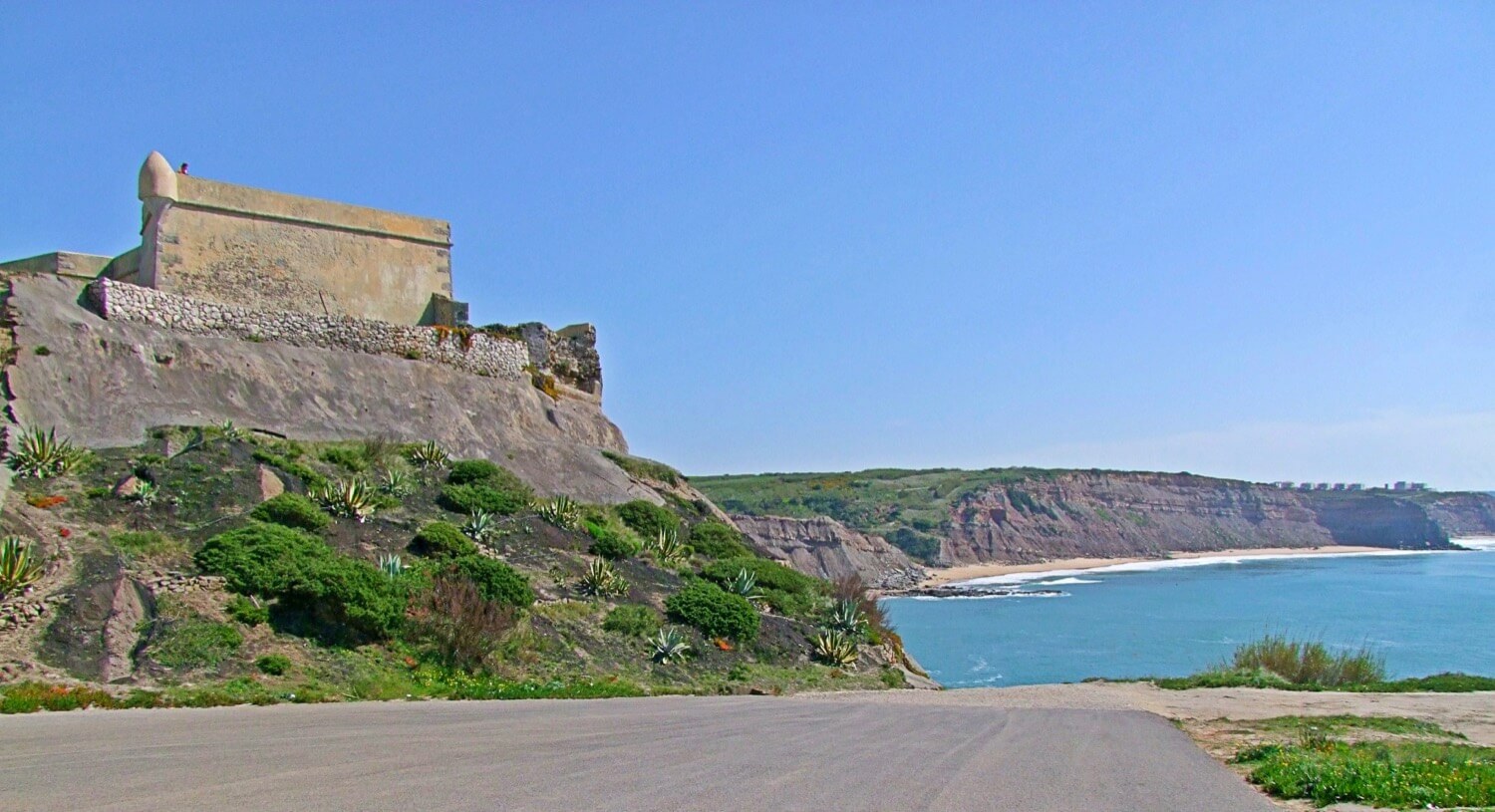
Fort of Paimogo
Lourinhã
21.8km
fortress
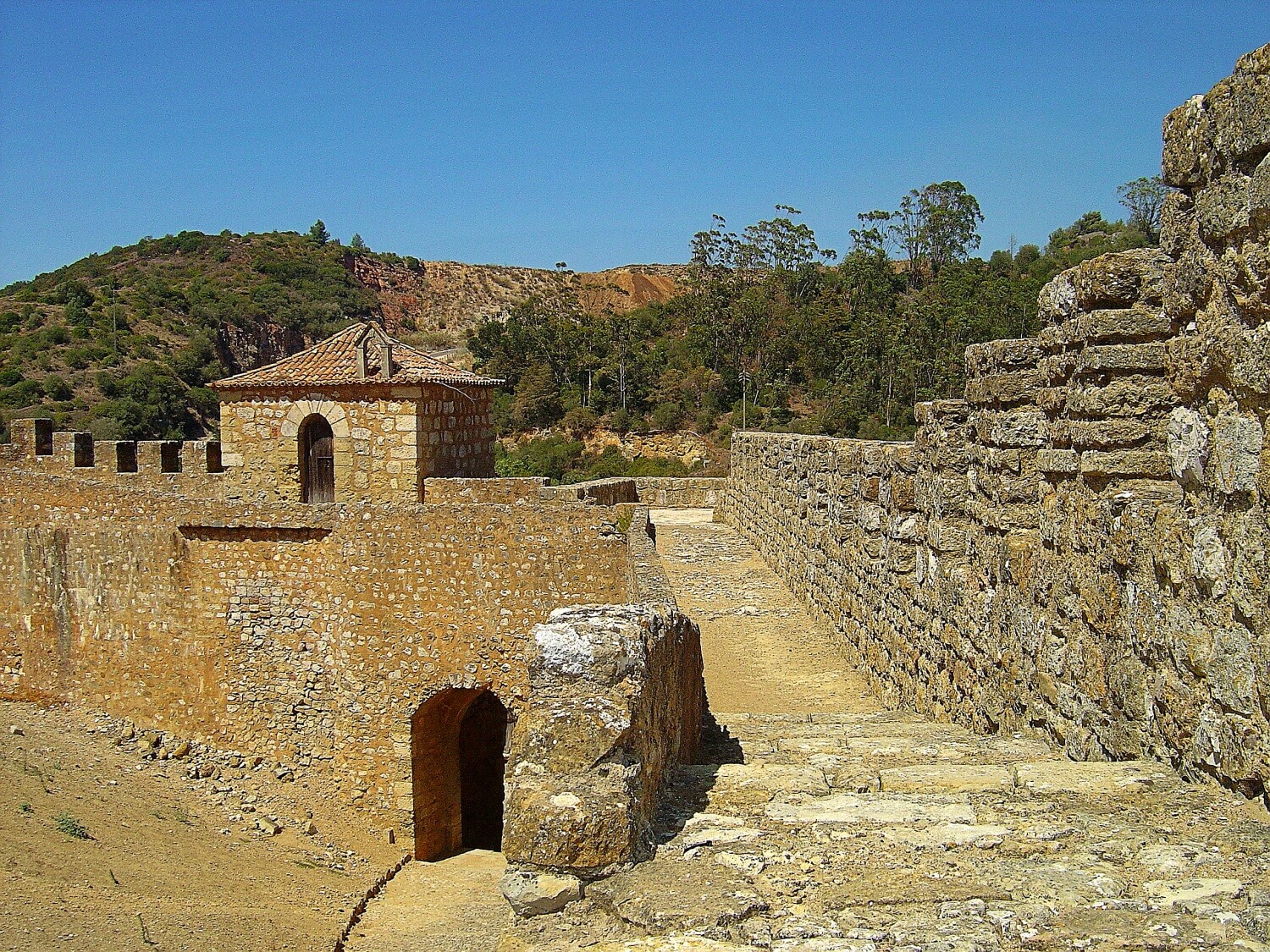
Castle of Alenquer
Alenquer
22.8km
castle, chateau
